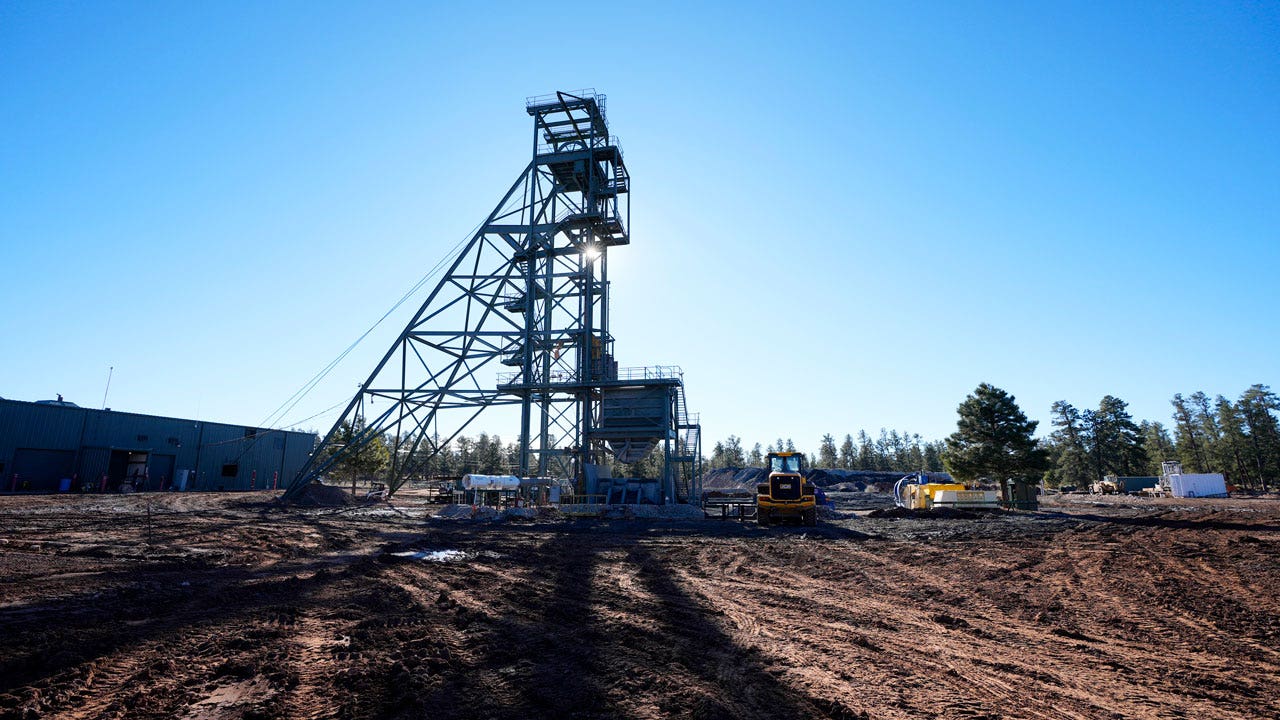Controversial Grand Canyon uranium mining proceeds as US seeks to reduce reliance on Russian supply

President Biden has declared the Grand Canyon a national monument, banning uranium mining in the area. The largest US uranium producer is ramping up work near the park, as global demand for uranium increases. Environmentalists and Native American leaders fear consequences for nearby communities. Energy Fuels Inc. is working on the Pinyon Plain Mine, within the boundaries of a national monument, aiming to meet uranium demand in the US.
Source: Link
FAQs - Grand Canyon Uranium Mining
Frequently Asked Questions
FAQs: Controversial Grand Canyon Uranium Mining and U.S. Reliance on Russian Supply
Q: Why is there controversial uranium mining at the Grand Canyon?
A: The uranium mining near the Grand Canyon is controversial because nearby Native American communities fear the potential for contamination of water and cultural sites. Additionally, there are environmental concerns regarding the impact mining may have on the Grand Canyon, which is a significant natural landmark and home to a number of Native American tribes.
Q: How does this mining proceed aim to reduce U.S. reliance on Russian uranium?
A: Due to the sanctions and geopolitical concerns following Russia's invasion of Ukraine, the United States is seeking to reduce its reliance on Russian supply of low-enriched uranium, which comprises about 20% of the uranium used to power U.S. nuclear reactors. By ramping up domestic uranium mining operations, the U.S. aims to become more self-sufficient in its nuclear fuel supply.
Q: What percentage of U.S. low-enriched uranium currently comes from Russia?
A: Russia supplies approximately 20% of the low-enriched uranium used to power U.S. nuclear reactors.
Q: How have uranium prices been affected by the push for nuclear energy and Russia's actions in Ukraine?
A: The push for more nuclear energy and Russia’s invasion of Ukraine has led to a spike in uranium prices, which in turn has encouraged the opening of new uranium mines in the United States.
Q: What are the threats posed by the Grand Canyon uranium mining according to critics?
A: Critics, including nearby Native American tribes and environmental groups, are concerned about the risks of water contamination and damage to cultural sites. The Havasupai tribe has also filed a lawsuit against the Forest Service over the failure to consult with tribes when permitting the Canyon mine to reopen.
Q: What is the stance of the mining industry on uranium mining near the Grand Canyon?
A: The mining industry argues that America needs to reduce its reliance on Russian uranium supplies and that domestic uranium mining is vital for this purpose. They disagree with proposed protections that could restrict mining activities.
Q: Has the U.S. government made any moves regarding uranium as a critical mineral?
A: As of July 2021, there was discussion within the Interior Department about potentially removing uranium from the critical mineral list, a designation that influences the supply chain priorities of minerals that are important to national security and the economy. However, recent information on this decision was not provided in the search results.
For further details and updates, you can check the original sources provided:

